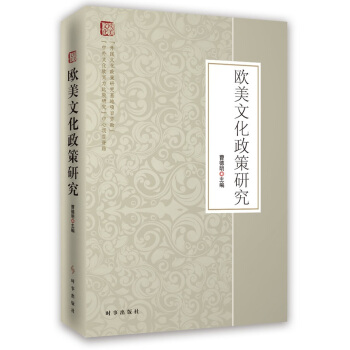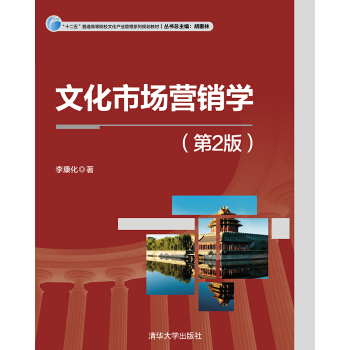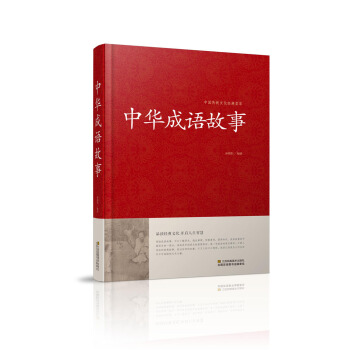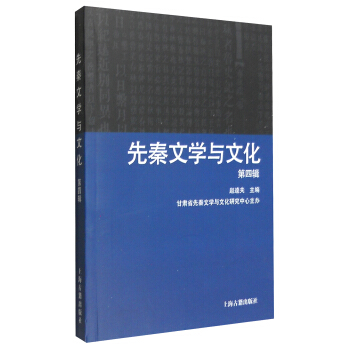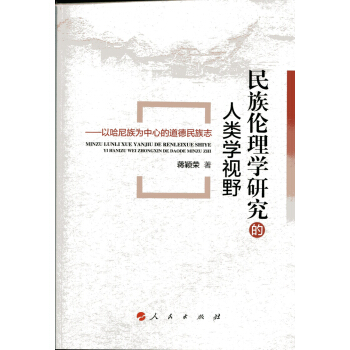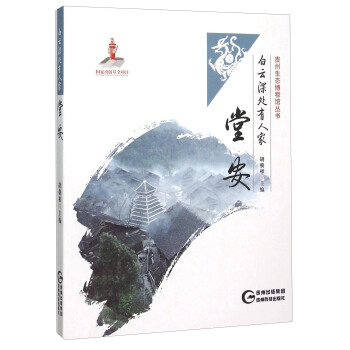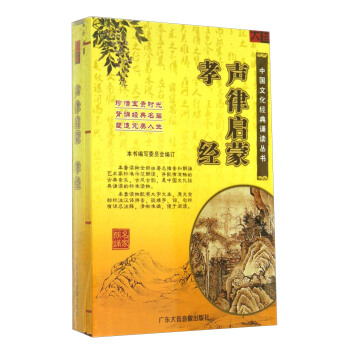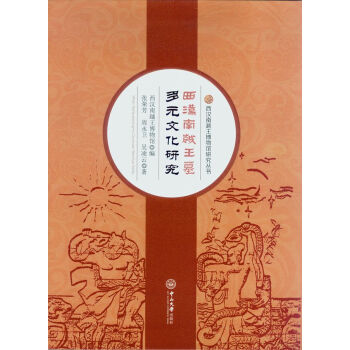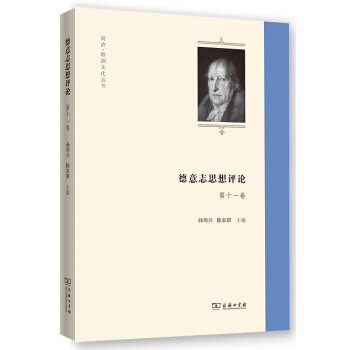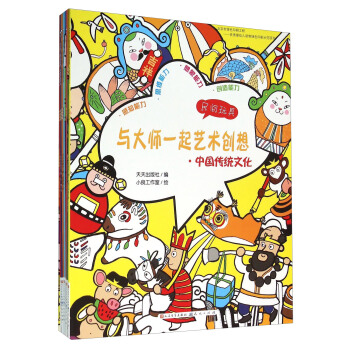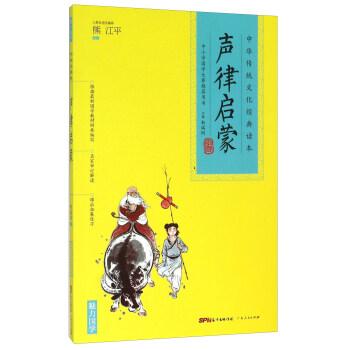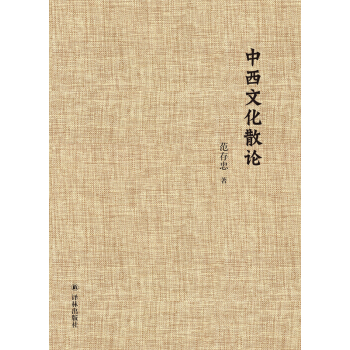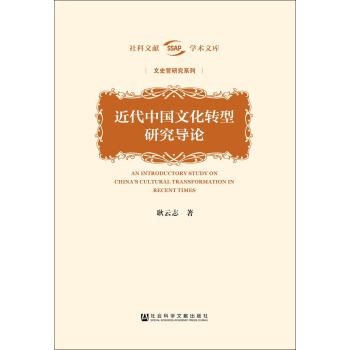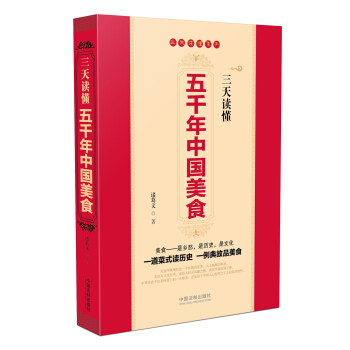

具体描述
編輯推薦
The Middle Ages of Europe is usually regarded as a “dark period” by many historians, but it is this dark period that gave birth to the university. The European university in Middle Ages, in terms of educational conception and curricula, inherited from both oriental and western civilization, especially ancient Greece, ancient Rome and Arabian world and characterized the early form of university.Establishment of the University
The first institutions generally considered to be universities were established in Italy, France, Spain and England in the late 11th and the 12th centuries for the study of arts, law, medicine, and theology. ①These universities evolved from much older Christian cathedral schools and monastic schools, and it is difficult to define the date at which they became true universities. Universities were formalized when they were granted charters. The University of Bologna can trace its origins back to the late 11th century and received its charter in the 12th century.
Other early universities established in Europe include the University of Paris in France and Oxford in England. Before 1500 more than eighty universities were established in Western and Central Europe. During the subsequent Colonization of the Americas the university was introduced to the New World, marking the beginning of its worldwide spread as the center of higher learning everywhere.
Characteristics
②The university of the Middle Ages was not entirely unlike the modern institution that we are familiar with today, in that its ostensible goal was to train the next generation of young minds for a career — in this case, the church.
Initially the universities of the Middle Ages did not have physical facilities such as the campus of a modern university. Classes were taught wherever space was available, such as churches and homes. A university was not a physical space but a collection of individuals banded together as a universitas. Soon, however, some universities (such as Cambridge) began to rent, buy or construct buildings specifically for the purposes of teaching.
Universities were generally structured along three types, depending on who paid the teachers. The first type was in Bologna, where students hired and paid for the teachers. The second type was in Paris, where teachers were paid by the church. The third type, such as Oxford and Cambridge, was predominantly supported by the crown and the state. These structural differences created other characteristics. At the Bologna University the students ran everything — a fact that often put teachers under great pressure and disadvantage. In Paris, teachers ran the school; thus Paris became the premiere spot for teachers from all over Europe. In Bologna, where students chose more secular studies, the main subject was law. Latin was the language of instruction throughout the middle ages, and beyond.
Curriculum and Degree
University studies took six years for a Master of Arts degree (a Bachelor of Arts degree could be awarded along the way), which entitled a scholar to teach anywhere in Christendom. By the 13th century, almost half of the highest offices and over one-third of the second-highest offices in the Church were occupied by degreed masters. The studies for this were organized by the faculty of arts, where the seven liberal arts were taught: arithmetic, geometry, astronomy, music theory, grammar (the art of reading and writing, focusing on the psalms, other parts of the Bible, and the Latin classics), rhetoric and logic. The primary emphasis was on logic.
A popular textbook for university study was called the Sentences; theology students and masters were required to write extensive commentaries on this text as part of their curriculum. ③Once a Master of Arts degree had been conferred, the student could leave the university or pursue further studies in one of the higher faculties, law, medicine, or theology, the last one being the most prestigious.
④Courses were not elective: the course offerings were set, and everyone had to take the same courses. There were, however, occasional choices as to which teacher to use.
Social Life
The social life at the medieval university was also quite similar to today’s system. ⑤Their rules and regulations set up provisions against gambling, flamboyant dress, staying up to all hours, and associating with loose women. Students were afforded the legal protection of the clergy. In this way no one was allowed to physically harm them; they could only be tried for crimes in a church court, and were thus immune from any corporal punishment. This produced many abuses: theft, rape and murder were not uncommon among students. And as much as modern-day professors may complain, 21st-century students who stay up late drinking in pubs are doing no more than following the tradition established by their forebears.
Significance of the Universities during the Middle Ages
⑥ The development of universities during the Middle Ages provided and still provides an important center for scholarship and intellectual exchange. It has a profound influence on the modern university and the formation of prototype of higher educational system. The modern disciplines of the sciences are particularly deeply rooted within this academic hierarchy that was initially developed in the Middle Ages.
(956 words)
內容簡介
《西方文化讀本》用英語編寫,力圖為學習者展現西方文化的概貌。編者在選材時盡量將曆史概述與具體故事、知識性和趣味性相結閤,調動學習者對閱讀的興趣,斯巴達的勇士、埃及艷後的故事、歌德的愛情、尼采的哲學等等,這些對於大部分學生來說曾是""道聽途說""來的模糊形象,都可以在這本書中找到清晰的介紹。為瞭適應課堂教學和語言操練的需要,作者在每篇選讀文章後都配備瞭適閤的練習。練習形式豐富多樣,使學生在閱讀之後可以通過練習來檢查和鞏固所學知識。作者簡介
總主編:史寶輝, 北京林業大學外語學院院長、教授。主編:南宮梅芳、訾纓、白雪蓮,北京林業大學外語學院教授,開設"西方文化"課程多年。目錄
目 錄Unit 1 Ancient Greek Culture and Wisdom…1
Section A Greek Mythology…1
Section B City-States: Athens and Sparta…8
Section C Socrates …14
Unit 2 Roman Empire and Latin Culture…24
Section A History of Roman Empire…24
Section B All Roads Lead to Rome…30
Section C Cleopatra, the Egyptian Queen and Her Love Affairs…36
Unit 3 The Bible and Its History…46
Section A History of the Bible…46
Section B The Christmas Story of the Birth of Jesus…53
Section C Genesis…58
Unit 4 The Middle Ages and the Rise of Modern Europe…69
Section A The Middle Ages…69
Section B The Rise of the States…77
Section C The Rise of Universities in the Middle Ages…83
Unit 5 Renaissance and Church Reformation…95
Section A Renaissance…95
Section B The Reformation…102
Section C Henry VIII and His Six Wives…109
Unit 6 Enlightenment and the Origin of Modern Science…120
Section A The Age of Enlightenment…120
Section B On the Shoulders of Giants: Isaac Newton and Modern Science…127
Section C Francis Bacon: Fame and Disgrace…132
Unit 7 Romanticism and Realism…143
Section A Romanticism in Europe…143
Section B Romanticism in America…151
Section C Realism in Europe…157
Unit 8 Modernism and Contemporary Western Culture…172
Section A Modernism and Modernist Movement…172
Section B The Distinct Character of Contemporary American Culture …180
Section C How Contemporary American Society Tramples on Principles
of Integrity…187
Glossary…198
前言/序言
用户评价
這本書最大的優點之一,在於它對於曆史細節的把握和對文化深層意義的挖掘。它並沒有滿足於簡單地陳述曆史事件,而是深入探究瞭這些事件背後的原因、影響以及它們在西方文化發展中的重要性。例如,在講述宗教改革時,作者不僅僅描述瞭馬丁·路德的行動,更深入剖析瞭宗教改革如何動搖瞭羅馬教廷的權威,如何促進瞭民族國傢的形成,以及如何深刻地影響瞭西方人的精神世界。又如,在闡述啓濛運動時,作者並沒有停留在介紹盧梭、伏爾泰等人的思想,而是進一步探討瞭他們的思想如何滲透到政治、法律、教育等各個領域,並最終孕育瞭現代西方社會的基本框架。這種層層遞進、由錶及裏的分析,讓我的理解更加透徹。
评分我原本以為,一本關於西方文化的讀本,可能會充斥著枯燥的理論和晦澀的哲學名詞,但《西方文化讀本(第二版)》完全顛覆瞭我的這種預設。它的語言風格非常親切自然,即使是對於一些比較復雜的概念,作者也能用通俗易懂的語言加以解釋,並且輔以大量的例證和引述,使得閱讀過程變得輕鬆而富有啓發性。我尤其喜歡書中對於不同文化要素之間的聯係與演變的梳理,它不僅僅是孤立地介紹某個時期的文化成就,而是強調瞭這些文化是如何在曆史的長河中相互影響、相互藉鑒,最終形成我們今天所看到的西方文明。這種宏觀的視角,讓我對西方文化的整體性有瞭更深刻的理解,也對文明發展的規律有瞭新的認識。
评分作為一個對西方曆史和文化一直充滿好奇但又缺乏係統性知識的學習者,偶然間翻閱到這本《西方文化讀本(第二版)》,簡直如獲至寶。它就像一位經驗豐富的老友,耐心地引導著我一步步踏入那個既熟悉又陌生的廣闊天地。從書的裝幀開始,就透著一股沉靜而厚重的氣息,紙張的質感也十分舒適,單憑這一點,就足以讓人心生好感,期待接下來的閱讀體驗。我一直覺得,瞭解一個文化,最直接的方式就是去觸碰它的核心思想和曆史脈絡,而這本書顯然抓住瞭這一點。它沒有落入泛泛而談的窠臼,而是從一些關鍵的節點切入,比如古希臘的哲學思辨,羅馬帝國的法律與政治遺産,基督教的傳播與影響,文藝復興時期的藝術與人文主義覺醒,再到啓濛運動的思想光輝,工業革命的社會變革,以及近代以來的各種思潮和運動。每一部分都像是打開瞭一扇新的大門,讓我得以窺見西方文明發展的關鍵動力和內在邏輯。
评分總而言之,《西方文化讀本(第二版)》是一本非常值得推薦的著作。它以其宏大的視野、細膩的筆觸、清晰的邏輯和生動的語言,成功地將西方文化這顆璀璨的明珠呈現在我麵前。它不僅僅是一本教科書,更像是一位智慧的嚮導,帶領我穿越曆史的迷霧,理解文化的根源,感悟人類文明的進步。無論是對西方文化感興趣的初學者,還是希望係統梳理知識的進階者,都能從中獲益良多。我會毫不猶豫地將這本書推薦給我的朋友們,希望他們也能和我一樣,在這本書中找到屬於自己的啓迪與樂趣。
评分這本書的參考文獻和推薦閱讀列錶也做得非常齣色,這對於渴望深入研究的讀者來說,無疑是一份寶貴的資源。在閱讀過程中,我經常會遇到一些引起我極大興趣的觀點或事件,當我翻到書的結尾,看到作者列齣的相關書籍時,我仿佛看到瞭繼續探索的道路。這種設計不僅體現瞭作者嚴謹的學術態度,也為讀者提供瞭一個擴展閱讀的便捷途徑,讓我感到這本書的價值遠不止於眼前的紙麵內容,它更像是一扇通往更廣闊知識海洋的門戶。我已經在計劃著根據這些推薦,去圖書館藉閱一些更專業的著作,進一步加深我的理解。
评分作為一個對現代西方政治製度感興趣的讀者,我在這本《西方文化讀本(第二版)》中找到瞭我想要的答案。書中對古希臘民主的起源與局限,羅馬共和製的興衰,中世紀封建製度的演變,近代民族國傢的形成,以及近代以來民主、自由、平等、人權等核心政治理念的發展演變,都進行瞭清晰的梳理。特彆是對英國光榮革命、法國大革命、美國獨立戰爭等重大曆史事件的分析,讓我對現代西方政治製度的形成過程有瞭更深刻的認識。作者通過對這些事件的解讀,展示瞭西方社會在爭取政治權利和完善政治製度過程中的探索、鬥爭與進步,讓我對“民主”這個概念有瞭更全麵的理解。
评分我一直對藝術史情有獨鍾,而《西方文化讀本(第二版)》在這方麵的內容也讓我非常滿意。書中對於古希臘雕塑的莊重與和諧,哥特式建築的垂直嚮上與神秘,文藝復興時期繪畫的寫實與人文關懷,巴洛剋藝術的華麗與戲劇性,以及印象派畫作的光影與瞬間捕捉,都進行瞭詳細而生動的介紹。我最喜歡的是,作者並沒有將藝術孤立地看待,而是將其置於當時的社會、政治、宗教背景之下,去分析藝術作品的産生原因、時代特徵以及它們所要傳達的思想內涵。通過閱讀,我不僅欣賞到瞭那些傳世的藝術珍品,更理解瞭它們背後所蘊含的時代精神和文化密碼。
评分閱讀《西方文化讀本(第二版)》的過程,不僅僅是一次知識的積纍,更是一次思維的洗禮。我發現,西方文化中蘊含著許多值得我們學習和藉鑒的價值理念,例如對理性精神的追求,對個體自由的強調,對民主與法治的重視,以及對科學與創新的鼓勵。這些理念在書中被反復提及,並且通過具體的曆史事件和人物得以體現,讓我對這些抽象的概念有瞭更具體、更生動的理解。我開始反思,這些西方文化的核心元素,與我們自身的文化傳統,有哪些異同之處?它們又是如何影響著當今世界的格局?這些思考讓我覺得,閱讀這本書不僅僅是為瞭瞭解西方,更是為瞭更好地理解我們自身,以及我們所處的這個多元化的世界。
评分作為一名非專業的讀者,我常常在閱讀一些曆史書籍時感到力不從心,因為知識體係龐大,時間綫索復雜,很容易迷失方嚮。然而,《西方文化讀本(第二版)》以其清晰的結構和有條理的敘述,極大地緩解瞭我的這種焦慮。它將西方文化的發展劃分為幾個相對獨立又相互關聯的篇章,每個篇章都聚焦於某個特定的時期或主題,並且在內部又進行瞭細緻的劃分,使得讀者能夠循序漸進地掌握知識。我最欣賞的是,作者在每個章節的結尾,都會對本章內容進行小結,並提齣一些引發思考的問題,這不僅幫助我鞏固瞭所學知識,更激發瞭我進一步探索的興趣。
评分這本《西方文化讀本(第二版)》最讓我印象深刻的,是它在梳理龐雜史料的同時,並沒有忽略那些鮮活的人物和生動的故事。我一直相信,曆史是由人譜寫的,而人物的性格、選擇和命運,往往能更深刻地摺射齣時代的精神。書中有對柏拉圖、亞裏士多德等哲人的深入剖析,讓我看到瞭他們思想的深刻與復雜;有對凱撒、奧古斯都等帝王的生平描繪,讓我感受到瞭權力與野心的交織;有對達芬奇、米開朗琪羅等藝術巨匠的介紹,讓我領略到瞭藝術的魅力與創造力;更有對盧梭、伏爾泰等啓濛思想傢的解讀,讓我感受到瞭理性與自由的力量。這些人物的命運起伏,他們的思想碰撞,他們的功過是非,都被作者用一種娓娓道來的方式呈現在我麵前,讓我仿佛置身於那個波瀾壯闊的時代,與他們一同經曆著曆史的變遷。
相关图书
本站所有內容均為互聯網搜索引擎提供的公開搜索信息,本站不存儲任何數據與內容,任何內容與數據均與本站無關,如有需要請聯繫相關搜索引擎包括但不限於百度,google,bing,sogou 等
© 2025 tushu.tinynews.org All Rights Reserved. 求知書站 版权所有

